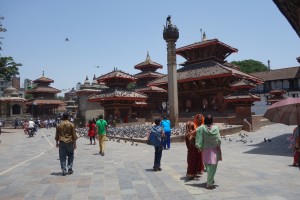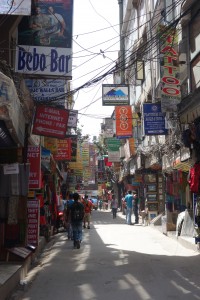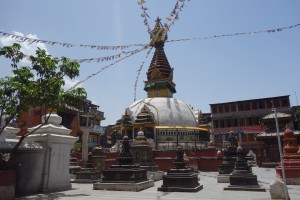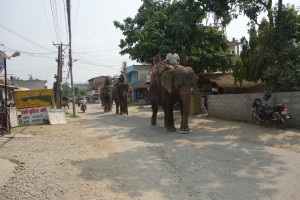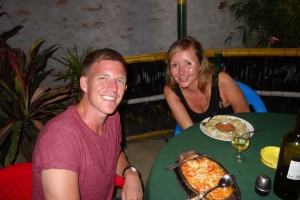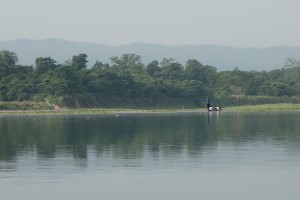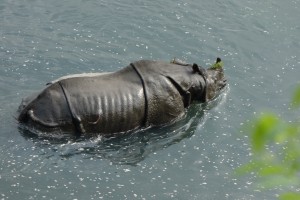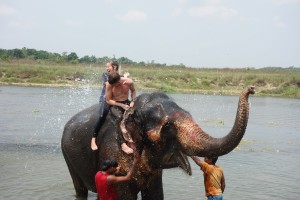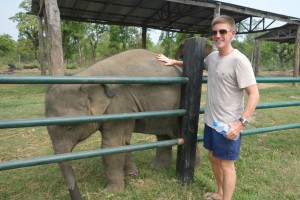Kathmandu. It’s one of those faraway places you hear of as a child and are not quite sure if they exist, like Tipperary or Timbuktu But exist it does, and I know this because we just spent the last 5 days there. It’s not unlike an Indian city, but better maintained and not as intense. We stayed in Freak Street, so-named because of the assortment of weirdos that floated north from India in the Sixties – drawn by the boundless supplies of hashish – and settled. Nowadays Freak Street’s star has faded in favour of Thamel, the backpacker ghetto about one kilometre north, but it does still have the advantage of being adjacent to Durbar Square, the cultural and historical centre of the city.
Durbar Square is more like three interconnected plazas, chock-full with ornate red-brick temples crowned with Oriental-esque pagodas where people perch in the shade of the upper tiers, watching the world go by. At night it comes alive with revellers and worshippers alike, street food sellers and cycle-rickshaw drivers hawking rides. One night we hopped in one who pedalled us up to the jaded glitz of Thamel where we met a couple of English lads with whom we found we shared a dislike of hippies. This seemed a good enough pretext to embark on a drinking session with them and our guest house staff were a bit peeved when we woke them up at 2am trying to bash our way through the door that was locked at eleven.
There’s a saying round these parts: the first time you come to Nepal you come for the scenery, the second time you come for the people. And we concur, the Nepalese are incredible. They are friendly, funny, calm (almost phlegmatic), clean, honest; the standard of English is pretty good (not that this should be a yardstick but it makes it easier to gain an understanding) and, although apparently Nepal is one of the poorest countries in the world, it’s as if nobody told the locals.

This little piece of public advice sums up the Nepali attitude. A few of these signs wouldn’t go amiss in India!
Anyway, we finally wave goodbye to this part of the world, and are flying to Singapore with a stop-over – for one last time – in Delhi airport.

